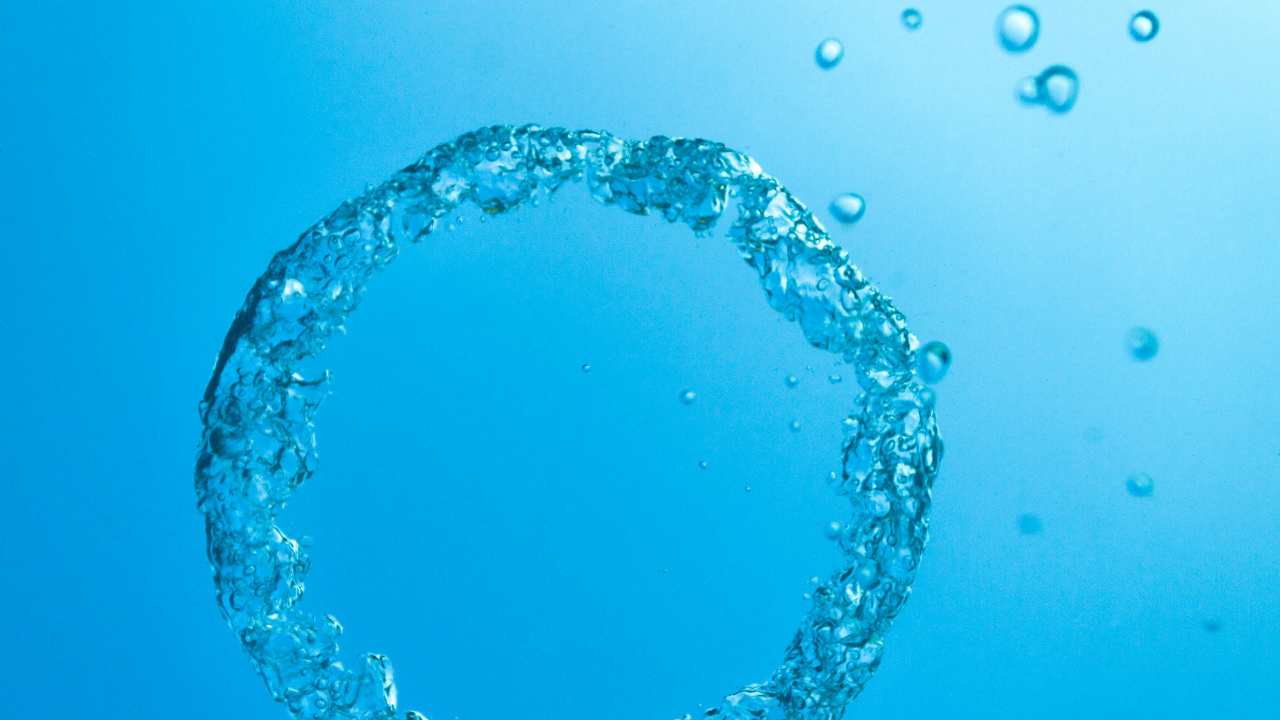Dissolved Oxygen
Dissolved oxygen plays a vital role in sustaining water quality, aquatic wildlife habitat and health. Like land organisms, aquatic animals and plants need oxygen to live, and in aquatic environments, oxygen enters water in two ways:
Physically, when air mixes with water; this is usually the primary source of dissolved oxygen (DO) in streams. Biologically, when aquatic plants release oxygen during photosynthesis; this is usually the primary source of DO in lakes and oceans.

Oxygen from the atmosphere enters water more readily through the action of wind and waves, or when water passes over riffles or waterfalls. DO is naturally at least 10,000 times more concentrated in air than in water! Organic matter, both natural and from pollution, can create high biological oxygen demands (BOD) and remove oxygen from water. This may cause “fish kills” and otherwise alter aquatic organism communities. A DO value of at least 5.0 ppm is desirable for most aquatic organisms, and is required for streams classified as “Fish and Wildlife” or higher. Dissolved oxygen decreases with increasing temperature, so DO values are expected to be higher during the winter and lower during the summer. Dissolved oxygen usually decreases with increasing depth, so DO values are expected to be higher at the surface of a lake and lower toward the bottom.
Low dissolved oxygen levels in streams may be because a) the water is too warm; b) there are too many bacteria and a high biological oxygen demand; or c) excessive algae growth (caused by excess nutrients) which when it dies and decompose, consumes DO. Extended low DO levels may result in fish kills and loss of other aquatic life like caddisfly, and stonefly nymphs. In lakes and ponds with high nutrient concentration DO can change dramatically throughout the day because of photosynthesis by aquatic plants. Dissolved oxygen in water is higher in winter and lower in summer (opposite of temperature) because the solubility of oxygen is greater in colder water.
Oxygen Saturation
In aquatic environments, oxygen saturation (DOSat) is a ratio of the concentration of dissolved oxygen (O2) in the water to the maximum amount of oxygen that will dissolve in the water at that temperature and pressure under stable equilibrium. Well-aerated water without oxygen producers or consumers is 100% saturated. It is possible for stagnant water to become somewhat supersaturated with oxygen either because of the presence of photosynthetic aquatic oxygen producers or because of a change of atmospheric conditions. Stagnant water in the presence of decaying matter will typically have an oxygen concentration much less than 100%. Insufficient oxygen (environmental hypoxia), often caused by the decomposition of organic matter and/or nutrient pollution, may occur in bodies of water such as ponds and rivers, tending to suppress the presence of aerobic organisms such as fish. Deoxygenation increases the relative population of anaerobic organisms such as plants and some bacteria, resulting in fish kills and other adverse events. GWW calculations of DOSat are conducted considering the water temperature, salinity and atmospheric pressure (resulting of the elevation where the monitoring site is located) where the water sample is taken.
